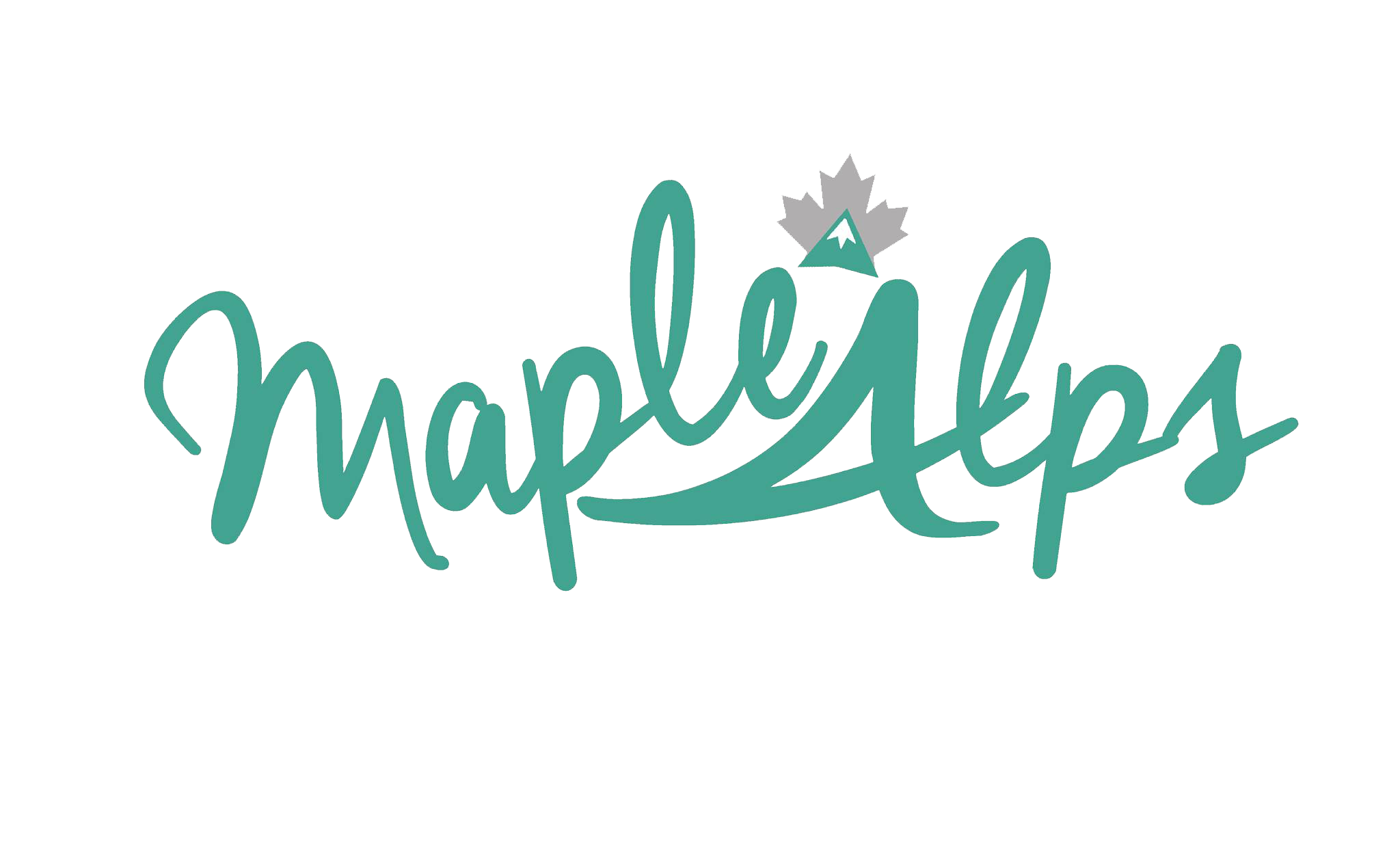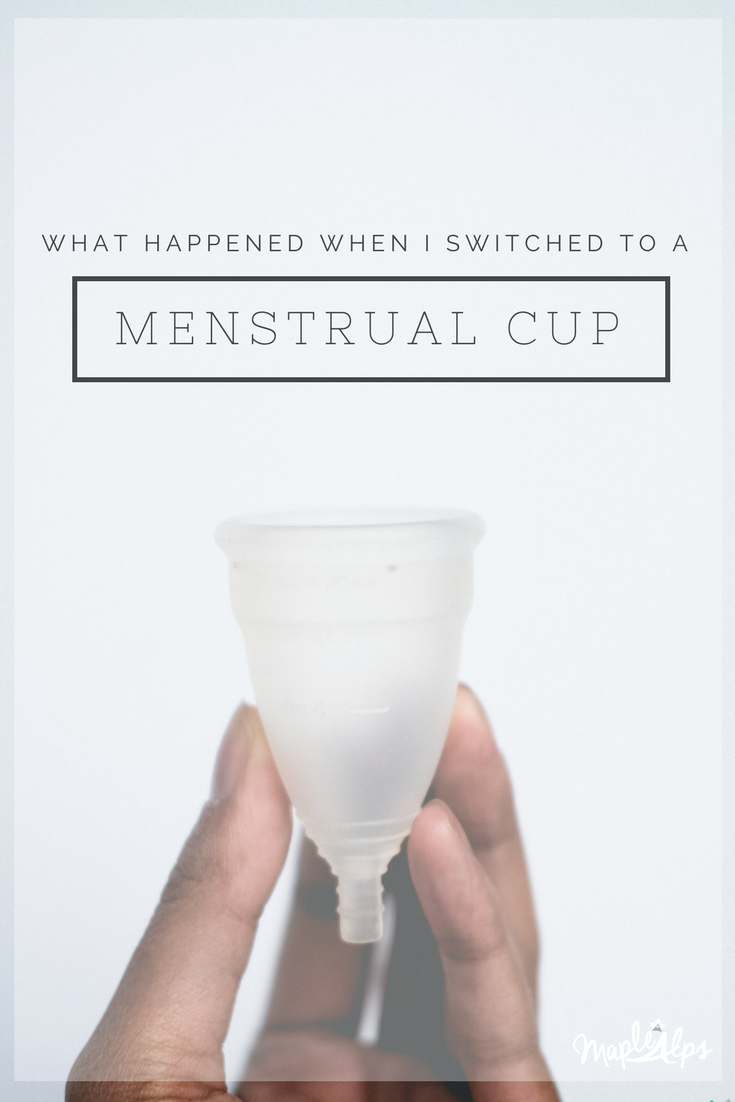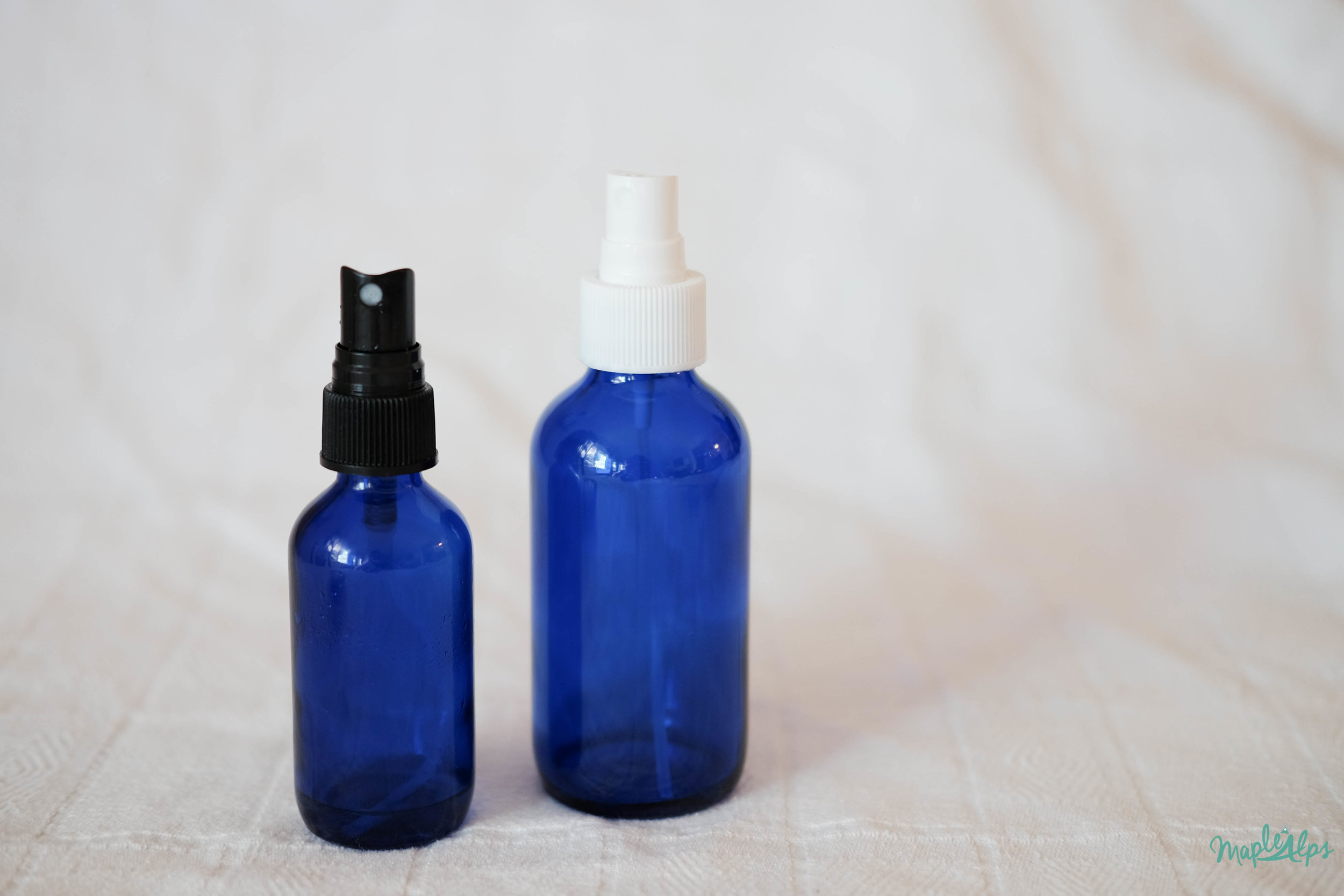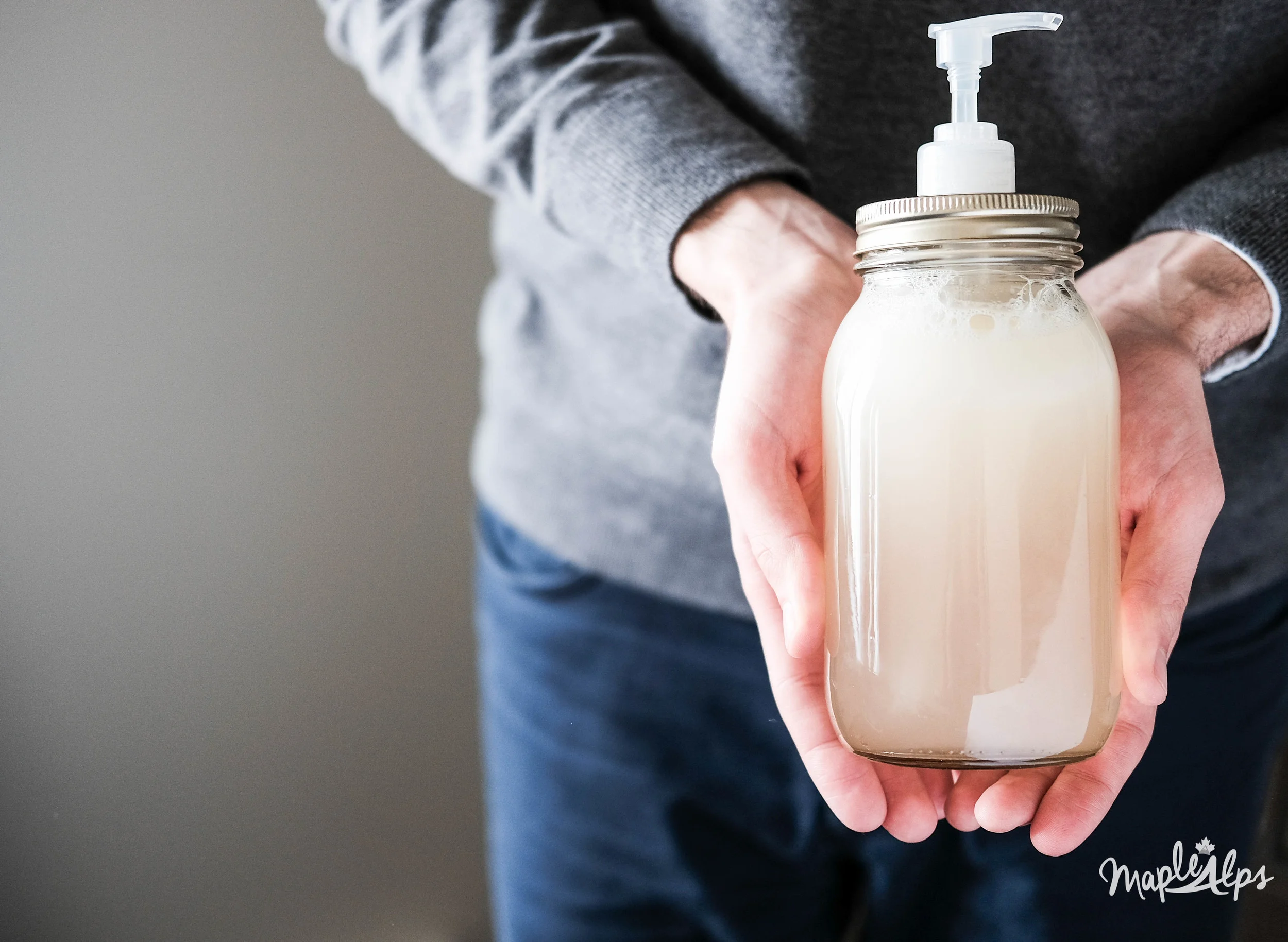Word of caution: if you are squeamish, you may want to skip this post. I went back and forth with writing this post but finally decided to. With Earth Day this last weekend, it turned out to be pretty much perfect timing, even though I didn't intend it that way. I'm not one to talk to the world about traditionally private issues, but my life has changed so drastically, that I can't keep silent! This is just one post that I plan on writing about this topic, so stay tuned! By the way, there are affiliate links used in this post, but know I only suggest products I've tried and love!
As you know, I'm constantly looking for ways to save money, to create less waste, and to eliminate as many toxins from my lifestyle as I can. Feminine hygiene was never something I thought to even consider, but it turns out I was wrong, and I'm okay with admitting that to the world.
First off, I had no idea that there were so many potentially harmful chemicals used in the manufacturing of pads and tampons. Chemicals are used to bleach the product white, and even aid with absorption. Of course, there natural, chlorine-free and 100% cotton products available, as well as cloth options, but my next concerns were cost and also waste production.
According to a quick Google search, most women use a lifetime estimate of 11,000 pads or tampons! That is a lot of trash! If you think that you are just one person, think about the billions of females on earth who each menstruate for about 40 years of their lives...that sure adds up to hundreds of pounds of disposable products in landfills all over the world. These products also contain plastics that do not break down very easily if at all.
I toyed with the idea of a feminie hygiene cup for over a year before taking the plunge. I could not get my head around a cup going in places the sun doesn't shine (sorry). I went back and forth, watched countless Youtube videos (the ones where they put the cup in a glass tube, haha!) and read a plethora of articles about all things menstrual cups. I actually think I informed myself a little toooooo much, because this went on for so long. I even tried other eco ways that didn't involve the silicone goodness (more on those experiences later!!) Finally, I just decided it was time to jump in with both feet. I walked into a drugstore with the sole purpose of buying one of those silicone babies (upon reflection, I'm not sure why I didn't just get one online...), found my size (there is a pre-baby and post baby option), put down my money, and walked right out.
I didn't expect to love it right away, but I did. While there definitely was a learning curve, I stuck it out, stayed persistent, and it paid off. After just one cycle of use, I was already convinced and [almost] looking forward to the following one. I never thought any sentiment even close to that would happen, but it did, and I was sold.
“Most women use a lifetime estimate of 11,000 pads or tampons! That is a lot of trash!”
After a few months, my convictions stayed the same. I love how easy it is to use, how there are no risks for things such as Toxic Shock Syndrome, how there is no smell (!!!!!!!), and the fact that the trash can has not once been overflowing with waste.
Some Things You Should Know:
There are many different brands of cups. I have personally only used Diva Cup, however, I really want to try some others. If you have no success with the first one, that's fine - pick another brand and try again! There are all sorts - including a collapsable one that fits right into your purse!
There is a learning curve. But don't give up! Give it at least 3 months before you completely throw it to the side.
Make sure you know how to dispose of your cup. Depending on the material your particular cup of choice, each manufacturer offers a suggested way of disposal. Diva Cup (made of healthcare grade non-absorbant silicone) suggests cutting up your cup before throwing it into the trash, while some cups are able to be recycled. The good news is that with proper use cups may last quite some time before you have to worry about that.
Get ready to save money! While the cup was more money up front (and most cost between $20 and $40), it only took a few months before it paid for itself. Of course, it depends on what products you typically purchase, but eventually, it all evens out (and is it just me, or is the price for tampons and pads going up?!).
Some people say that cramps will go away with menstrual cup usage. I have not found this to be even remotely true :)
Depending on your flow, you can keep the cup in for 12 hours - with no leakage risk! No more gross tampon string or diaper-feeling pad. I'm grossed out just thinking about it. This also is a tremendous help in my case as a teacher, since I can't leave every 4-8 hours to make changes in my life... Just saying. Confession: I've had mine in for 24 hours with not even a slight issue. Just depends!
You may still need a backup. Especially when you're still perfecting the art of the cup. You could still use a liner, or if you're like me and feel accomplishment in a low-to-no-waste week, something more eco-friendly like period underwear (more on that in another post).
Menstrual cups are easy to find! I got mine at the drugstore, but you can get them pretty much anywhere - and they're cheapest online (Grab one from Amazon here). Bonus: they come with a cute carrying case for in-between cycles!
This is not a paid ad. I just love the cup that much! Of course, if you choose to use my link to purchase your own cup, I will get a few cents - but really, I just felt the need to share the wonderful thing that is the menstrual cup!
In Conclusion,
I have had an awesome experience with a menstrual cup: I feel better about having less waste production, I love knowing that there are no harmful chemicals leeching into my body, no risk of leaks and embarrassment and that I'm saving a whole lot of money! There are tons of reasons to switch to a menstrual cup!
What's your "green" way to deal with red times of the month? Let me know below! Any questions?







































